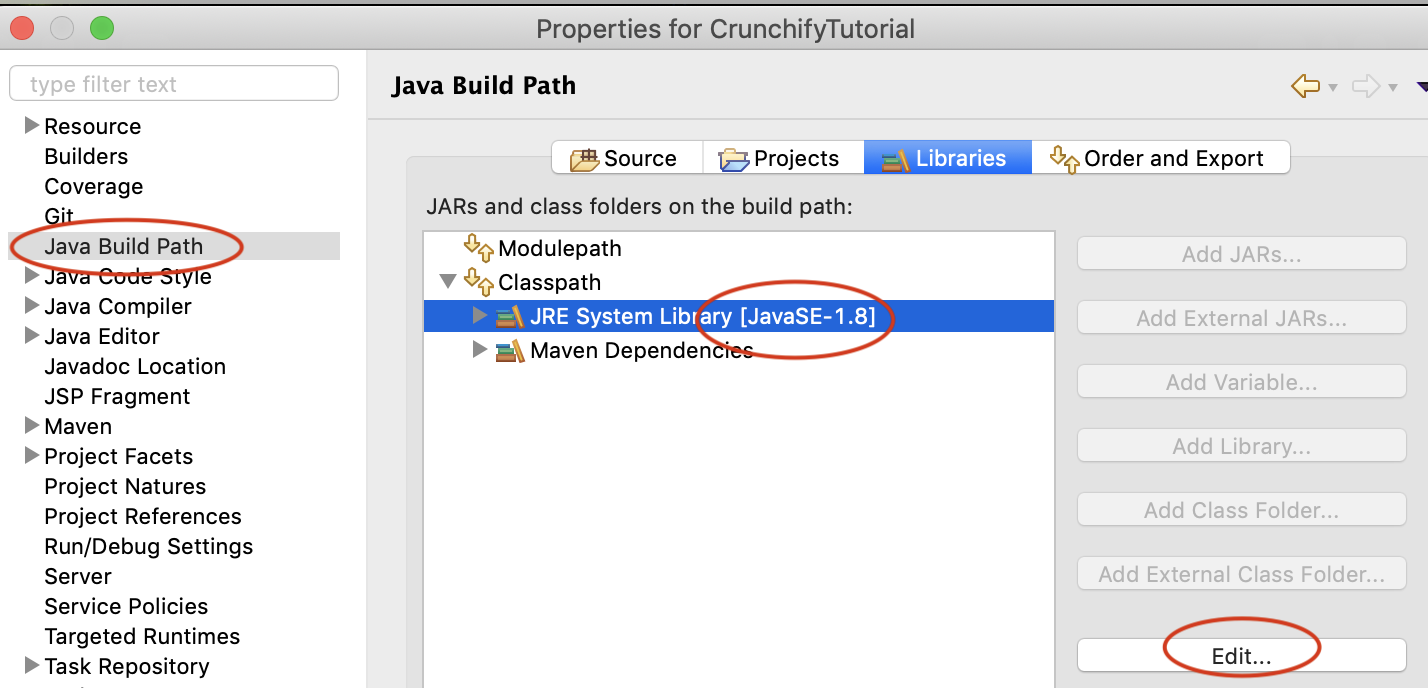3 Tips to Update Your Java Runtime

In the dynamic landscape of software development, staying current with programming language updates is crucial. This article will delve into three essential tips to help you seamlessly update your Java Runtime Environment (JRE), ensuring your applications remain efficient, secure, and compatible with the latest advancements.
1. Check for Java Updates Regularly

Keeping your Java environment up-to-date is the cornerstone of effective Java development. Java releases frequent updates to enhance security, performance, and stability. These updates address known vulnerabilities, improve runtime efficiency, and introduce new features that can significantly impact your application’s performance and user experience.
Here’s a step-by-step guide to checking for Java updates:
- Open the Java Control Panel by searching for it in your operating system’s search bar.
- Navigate to the Update tab and click on the Check for Updates button.
- If an update is available, a prompt will appear. Click on Update to initiate the download and installation process.
- Once the update is installed, you may be prompted to restart your system. Ensure you do so to complete the update process.
It’s recommended to automate this process to ensure your Java environment remains current. Many Integrated Development Environments (IDEs) like Eclipse and IntelliJ IDEA have built-in tools to manage Java updates. Additionally, you can use third-party tools like JDK Update Manager or Java Updater to automate the update process.
2. Back Up Your Existing Java Environment

Before updating your Java environment, it’s crucial to create a backup of your existing setup. This ensures that if any issues arise during the update process, you can quickly revert to your previous, stable configuration.
Here’s a simple guide to backing up your Java environment:
- Locate your Java installation directory. On Windows, it’s typically C:\Program Files\Java, while on macOS and Linux, it’s usually /Library/Java/JavaVirtualMachines or /usr/lib/jvm.
- Create a backup folder outside your Java installation directory. Name it something like JavaBackup for clarity.
- Copy all the contents of your Java installation directory into the backup folder. This ensures you have a complete backup of your Java environment.
- If you have multiple Java versions installed, repeat this process for each version to ensure comprehensive backup coverage.
Regularly updating your Java environment is essential, but it’s equally crucial to have a reliable backup strategy in place to mitigate potential issues.
3. Configure Your IDE for the Updated Java Version
Once you’ve successfully updated your Java environment, the next step is to configure your Integrated Development Environment (IDE) to work seamlessly with the new Java version.
Here’s a generic guide that applies to most popular IDEs:
- Open your IDE and navigate to the Settings or Preferences panel.
- Locate the Java or JDK section. Here, you should see an option to Set Java Home or Select JDK.
- Click on the Browse button and navigate to your updated Java installation directory. Select the appropriate Java version and click OK to set it as your IDE’s default Java environment.
- If your IDE allows, you can also set up multiple Java environments and switch between them based on your project’s requirements.
By following these steps, you ensure that your IDE is fully optimized to work with your updated Java environment, allowing for seamless development and testing.
Conclusion
Regularly updating your Java Runtime Environment is a critical aspect of modern software development. By staying current with Java updates, backing up your existing environment, and configuring your IDE accordingly, you can ensure a smooth and efficient development process. Remember, staying up-to-date not only enhances your application’s performance but also strengthens its security and compatibility.
FAQ

Why is it important to update Java regularly?
+Java updates address security vulnerabilities, enhance performance, and introduce new features. Regular updates ensure your applications remain secure, efficient, and compatible with the latest advancements.
How often should I check for Java updates?
+It’s recommended to check for Java updates at least once a month. However, depending on your project’s criticality and security requirements, you may need to check more frequently, especially if your application handles sensitive data.
What happens if I don’t update Java regularly?
+Failing to update Java regularly can leave your applications vulnerable to security breaches and compatibility issues. Additionally, you may miss out on performance enhancements and new features that can improve your application’s user experience.



